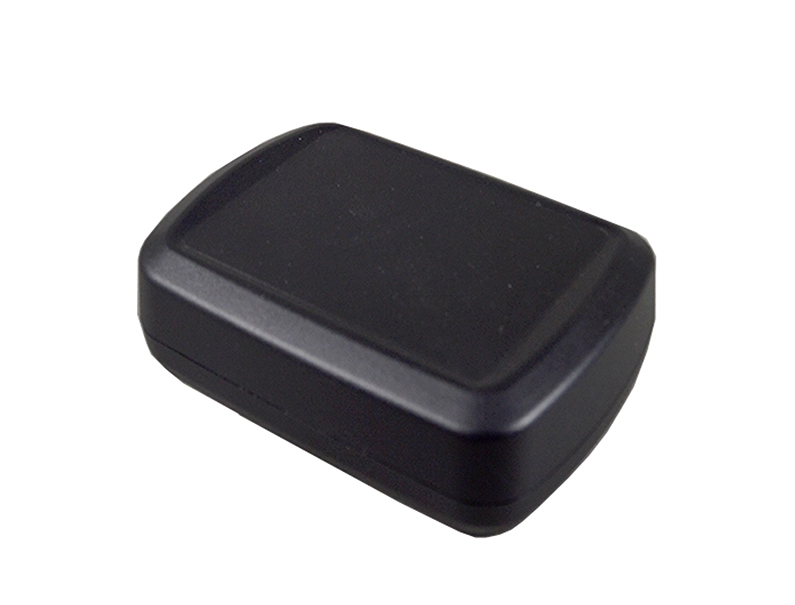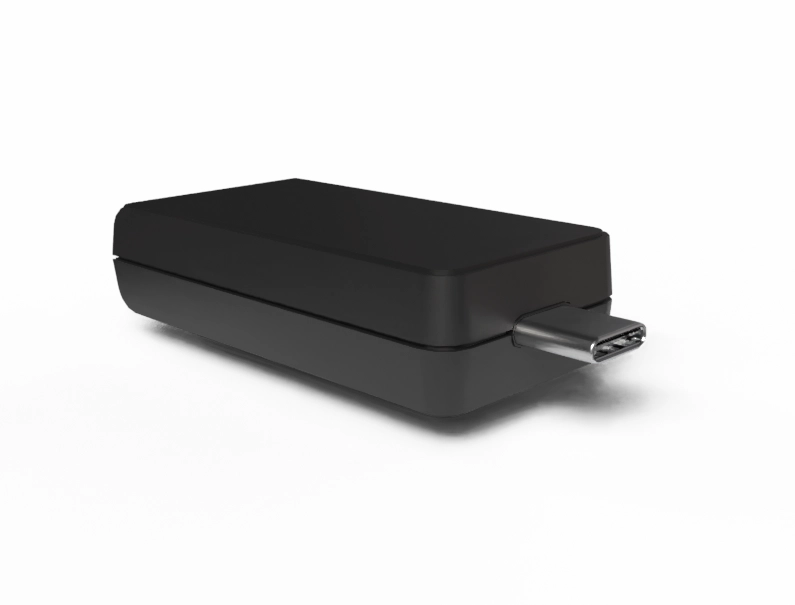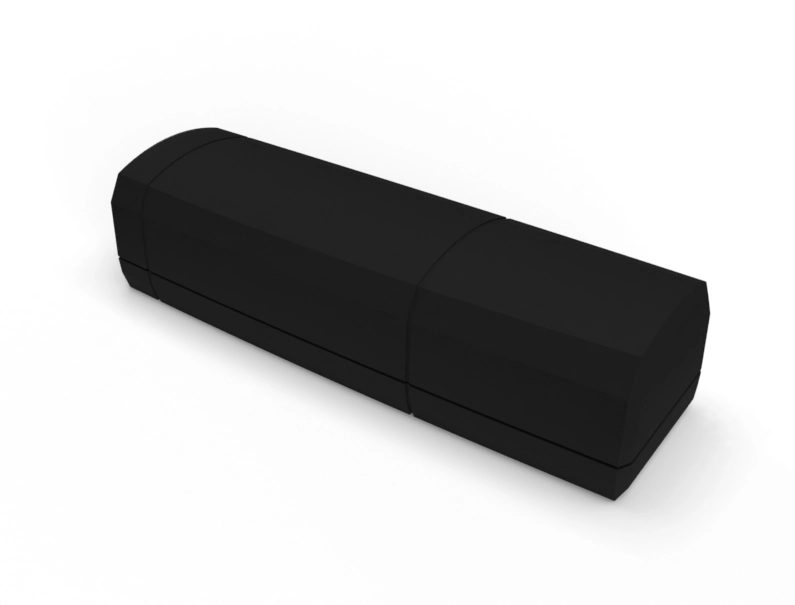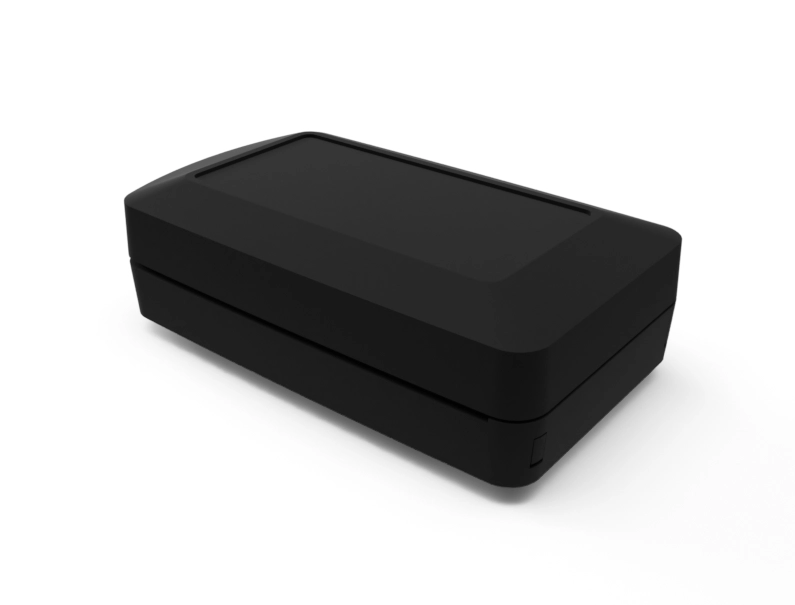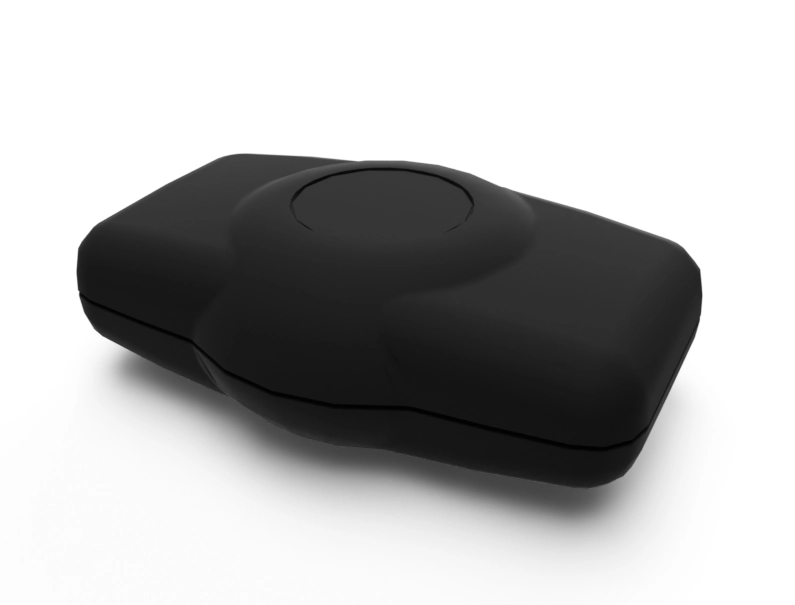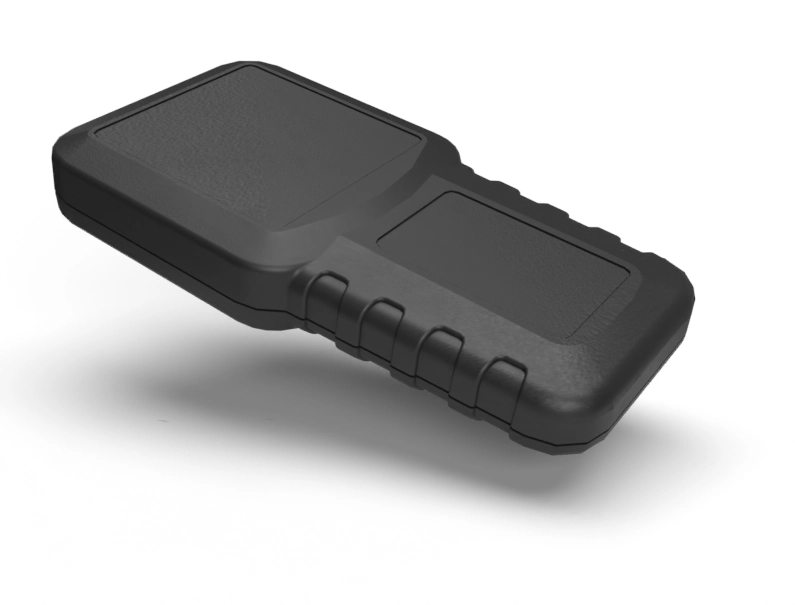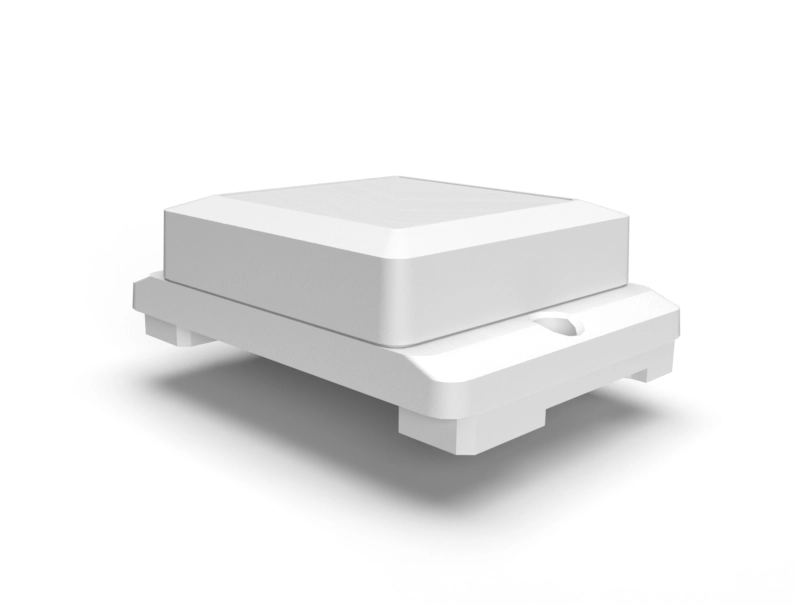10 Essential Benefits of Small Plastic Electronic Enclosures for Your Projects

In the world of electronics, every project requires reliable protection to thrive. Small plastic electronic enclosures present a versatile solution that not only safeguards your components from environmental factors but also enhances the overall aesthetic of your designs. Whether you’re developing a DIY gadget, a prototyping board, or a custom electronic device, the right enclosure can make all the difference.
Imagine bringing your innovative ideas to life while ensuring durability and usability. These enclosures offer essential features like lightweight design, cost-effectiveness, and easy assembly, allowing you to focus on what truly matters: your creativity and innovation. In this article, we dive into the 10 essential benefits of small plastic electronic enclosures, revealing how they can elevate your projects and streamline your development process. Prepare to discover the game-changing advantages that make these enclosures a must-have for any electronics enthusiast!
Durability and Protection from Environmental Factors
When it comes to electronic projects, the longevity and functionality of your components are paramount. Small plastic electronic enclosures provide an excellent level of durability, which is essential for maintaining the integrity of your devices. These enclosures are crafted from high-grade plastics, such as polycarbonate or ABS, that offer robust protection against physical impacts. This ensures that your sensitive electronic components remain intact even in the face of accidental drops or knocks. The durability of these enclosures extends the lifespan of your project, allowing it to perform reliably over time.
In addition to physical durability, plastic enclosures offer substantial protection from environmental factors. Electronics are particularly vulnerable to dust, moisture, and temperature fluctuations, which can lead to corrosion, short circuits, or other forms of damage. Plastic enclosures are designed to be weather-resistant, providing a sealed environment that keeps out harmful elements. This makes them an ideal choice for outdoor applications or in environments where exposure to harsh conditions is a concern. Your projects remain safeguarded, ensuring consistent performance and reducing the risk of failures.
Furthermore, many plastic enclosures come with additional features such as UV resistance and flame retardancy. UV-resistant plastics prevent degradation from prolonged exposure to sunlight, which is crucial for outdoor devices. Flame-retardant materials, on the other hand, enhance safety by reducing the risk of fire in case of electrical faults. These specialized properties add an extra layer of protection, making small plastic enclosures a reliable choice for a wide range of applications. By choosing high-quality enclosures, you ensure that your projects are well-protected against both physical and environmental threats.
Lightweight Design for Easy Handling
One of the standout benefits of small plastic electronic enclosures is their lightweight design. This characteristic is particularly advantageous when handling and transporting your electronic devices. Unlike metal or wooden enclosures, plastic enclosures are significantly lighter, making them easier to manage during the assembly and installation processes. This ease of handling translates to improved efficiency, especially when working on large projects or when frequent adjustments are needed.
The lightweight nature of plastic enclosures also plays a crucial role in applications where weight is a critical factor. For portable or wearable electronic devices, minimizing weight is essential for user comfort and practicality. Plastic enclosures provide the perfect solution, offering the necessary protection without adding unnecessary bulk. This makes them highly suitable for a range of applications, from handheld gadgets to sophisticated wearables, ensuring that your designs remain user-friendly and portable.
Moreover, lightweight enclosures contribute to reduced shipping and transportation costs. When mass-producing electronic devices, the cumulative weight of the enclosures can impact shipping expenses significantly. By opting for plastic enclosures, manufacturers can lower these costs, making the overall production process more economical. This cost-saving advantage is particularly beneficial for startups and small businesses looking to maximize their budget while maintaining high-quality standards.
Cost-Effectiveness Compared to Other Materials
In the realm of electronics, managing costs without compromising quality is a key consideration for any project. Small plastic electronic enclosures offer a cost-effective solution that stands out when compared to enclosures made from other materials like metal or wood. The production process for plastic enclosures is generally less expensive due to the lower cost of raw materials and the efficiency of manufacturing techniques such as injection molding. This results in affordable enclosures that do not sacrifice durability or functionality.
Another aspect of cost-effectiveness is the reduction in maintenance expenses. Plastic enclosures are resistant to many common issues that affect other materials, such as corrosion or warping. This inherent resistance leads to fewer repairs and replacements, translating to long-term savings. For projects that require a large number of enclosures, these savings can be substantial, allowing budget allocations to be directed towards other critical areas of development.
The versatility of plastic enclosures also contributes to their cost-effectiveness. Their adaptability to various shapes and sizes means that a single type of enclosure can be used for multiple projects, reducing the need for custom solutions. This standardization simplifies inventory management and reduces the complexity of the supply chain. By leveraging the economic advantages of plastic enclosures, project developers can achieve high-quality results while maintaining a cost-efficient approach.
Versatility in Applications and Customization
One of the most compelling benefits of small plastic electronic enclosures is their remarkable versatility. These enclosures are suitable for a wide range of applications, from industrial control systems to consumer electronics. Their adaptability stems from the ease with which they can be customized to meet specific project requirements. Whether you need a particular size, shape, or feature, plastic enclosures can be easily modified to fit your design, providing a tailored solution for any application.
Customization options for plastic enclosures are extensive and can include features such as cutouts for connectors, vents for cooling, or mounting options for different environments. This flexibility allows designers to create enclosures that perfectly align with the functional needs of their projects. Additionally, plastic enclosures can be produced in various colors and finishes, enhancing the aesthetic appeal of the final product. This level of customization is often difficult to achieve with other materials, making plastic enclosures a preferred choice for innovative and unique designs.
The versatility of plastic enclosures also extends to their compatibility with various manufacturing processes. They can be easily drilled, cut, or modified post-production, allowing for quick adjustments and iterations during the development phase. This adaptability is particularly beneficial for prototyping, where design changes are frequent. By using plastic enclosures, developers can quickly test and refine their designs, speeding up the overall development process and bringing products to market faster.
Enhanced Aesthetic Appeal for Consumer Products
In the competitive world of consumer electronics, the aesthetic appeal of a product can significantly influence its success. Small plastic electronic enclosures offer a sleek and modern look that can enhance the visual appeal of your devices. Available in a variety of finishes and colors, plastic enclosures can be designed to match the branding and style of your product. This attention to design detail not only makes your product more attractive to consumers but also conveys a sense of quality and professionalism.
The smooth surfaces and clean lines of plastic enclosures contribute to a polished, high-end appearance. This is particularly important for consumer products that will be displayed prominently, such as home automation devices, personal gadgets, or entertainment equipment. A well-designed enclosure can make a positive first impression, drawing attention and encouraging potential customers to engage with the product. The ability to create visually appealing enclosures without compromising on functionality gives plastic enclosures a distinct advantage in the consumer market.
Enhanced aesthetic appeal also extends to the tactile experience of the product. The feel of the enclosure can influence user perception and satisfaction. Plastic enclosures can be treated with various textures and coatings to achieve the desired tactile properties, from smooth and glossy to matte and grippy. This level of customization ensures that the enclosure not only looks good but also feels good in the user's hands, enhancing the overall user experience and increasing the likelihood of product adoption.
Improved Safety Features for Electronics
Safety is a paramount concern in the design and deployment of electronic devices. Small plastic electronic enclosures play a crucial role in enhancing the safety of your projects by providing a protective barrier that shields users from electrical hazards. These enclosures are designed to meet stringent safety standards, ensuring that your devices comply with regulatory requirements and industry best practices. By using plastic enclosures, you can create safer products that protect both the user and the electronic components.
One of the key safety features of plastic enclosures is their insulating properties. Unlike metal enclosures, which can conduct electricity and pose a risk of electric shock, plastic enclosures are non-conductive.
This inherent insulation helps to prevent accidental contact with live electrical parts, reducing the risk of injury. Additionally, plastic enclosures can be designed with features such as interlocking mechanisms and secure closures to further enhance safety by preventing unauthorized access to the internal components.
Another important safety consideration is the ability to manage heat generated by electronic components. Many plastic enclosures are designed with ventilation slots or heat sinks to facilitate proper airflow and heat dissipation. Effective thermal management helps to prevent overheating, which can lead to component failure or fire hazards. By incorporating these features into the design of plastic enclosures, you can ensure that your devices operate safely and reliably, even under demanding conditions.
Simplified Assembly and Maintenance Processes
Efficiency in assembly and maintenance is crucial for the successful development and deployment of electronic projects. Small plastic electronic enclosures are designed with user-friendly features that simplify these processes, making them an excellent choice for both professional and DIY applications. The ease of assembly is one of the standout benefits, as plastic enclosures often come with pre-drilled holes, snap-fit closures, and modular designs that reduce the complexity and time required to put together your devices.
The simplified assembly process is particularly beneficial for prototyping and small-scale production runs. Quick and easy assembly allows developers to test and iterate designs rapidly, speeding up the development cycle. This agility is essential for bringing innovative products to market quickly and efficiently. Additionally, the straightforward assembly process reduces the likelihood of errors, ensuring that each unit is built consistently and to a high standard. This reliability is crucial for maintaining the quality and performance of your electronic projects.
Maintenance is another area where plastic enclosures excel. The design of these enclosures often includes features such as removable panels or easy-access compartments, which facilitate quick and hassle-free maintenance. This is especially important for projects that require regular updates or servicing. By making maintenance tasks more manageable, plastic enclosures help to minimize downtime and ensure that your devices remain operational and effective. The combination of easy assembly and maintenance makes plastic enclosures a practical choice for a wide range of electronic applications.
Eco-Friendly Options in Plastic Enclosures
As environmental concerns become increasingly important, many developers and manufacturers are seeking eco-friendly solutions for their projects. Small plastic electronic enclosures offer several environmentally sustainable options that can help reduce the ecological footprint of your devices. Advances in plastic technology have led to the development of biodegradable and recyclable materials that maintain the durability and functionality required for electronic enclosures.
Biodegradable plastics, such as those made from polylactic acid (PLA), offer a sustainable alternative to traditional petroleum-based plastics. These materials can decompose naturally over time, reducing the environmental impact of discarded enclosures. By opting for biodegradable plastic enclosures, you can contribute to the reduction of plastic waste and support a more sustainable approach to electronic design. This commitment to sustainability can also enhance the reputation of your brand, appealing to environmentally conscious consumers.
Recyclable plastics are another eco-friendly option for electronic enclosures. Many plastic materials, such as polycarbonate and ABS, can be recycled and repurposed into new products. By choosing recyclable enclosures, you can promote a circular economy and reduce the demand for virgin plastic production. Additionally, some manufacturers offer enclosures made from post-consumer recycled plastics, further minimizing the environmental impact. These eco-friendly options demonstrate that it is possible to achieve high-quality, durable enclosures while prioritizing sustainability.
Conclusion: Choosing the Right Enclosure for Your Project
In conclusion, small plastic electronic enclosures offer a multitude of benefits that can significantly enhance the success and longevity of your projects. From their durability and protection against environmental factors to their lightweight design and cost-effectiveness, these enclosures provide a reliable and versatile solution for a wide range of applications. The ability to customize and adapt plastic enclosures to meet specific project requirements further underscores their value in the electronics industry.
The aesthetic appeal of plastic enclosures makes them an attractive choice for consumer products, while their safety features ensure that your devices meet regulatory standards and protect users from electrical hazards. The simplified assembly and maintenance processes associated with plastic enclosures contribute to efficient development and deployment, allowing you to focus on innovation and creativity. Furthermore, the availability of eco-friendly options supports sustainable design practices, aligning with the growing emphasis on environmental responsibility.
When choosing the right enclosure for your project, it is essential to consider the specific needs and constraints of your design. Evaluate factors such as the operating environment, regulatory requirements, and aesthetic preferences to select an enclosure that offers the optimal balance of protection, functionality, and visual appeal. By leveraging the advantages of small plastic electronic enclosures, you can ensure that your projects are well-protected, user-friendly, and poised for success in the competitive electronics market.
